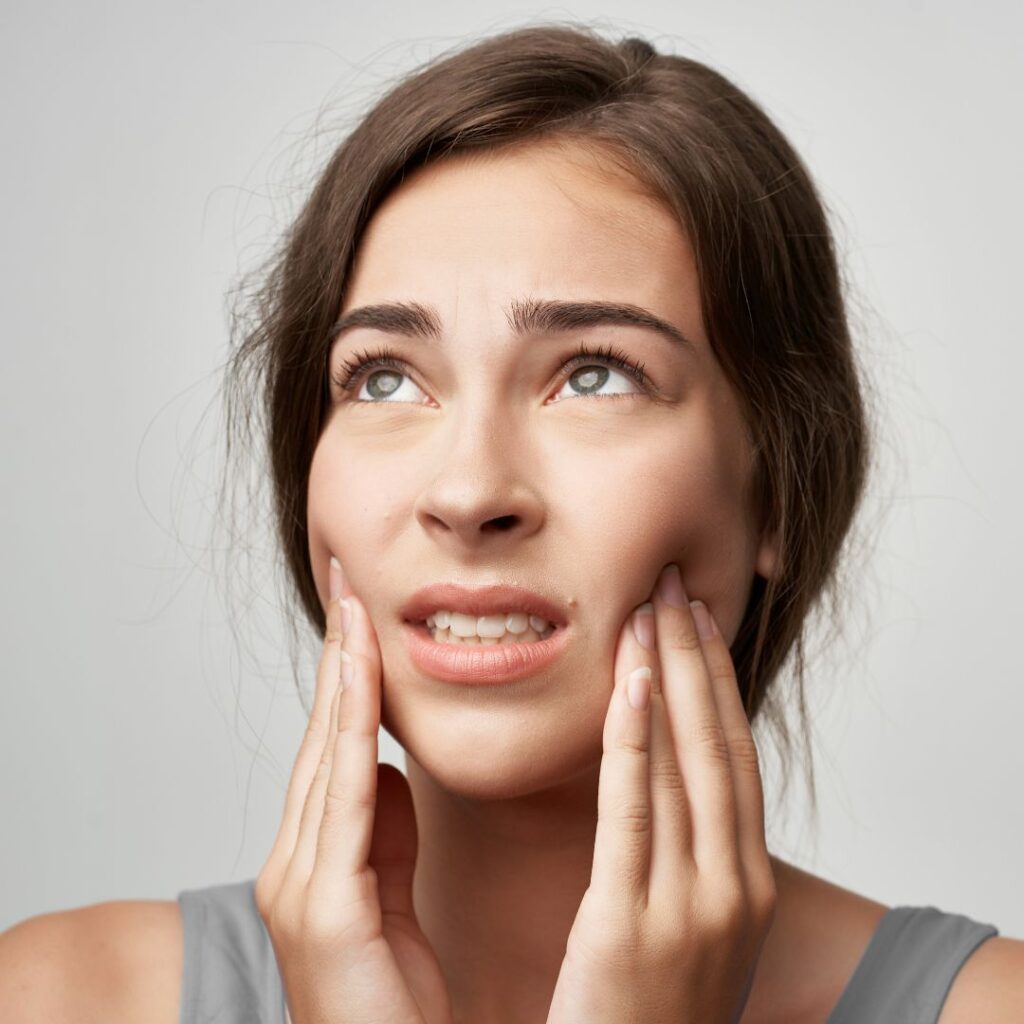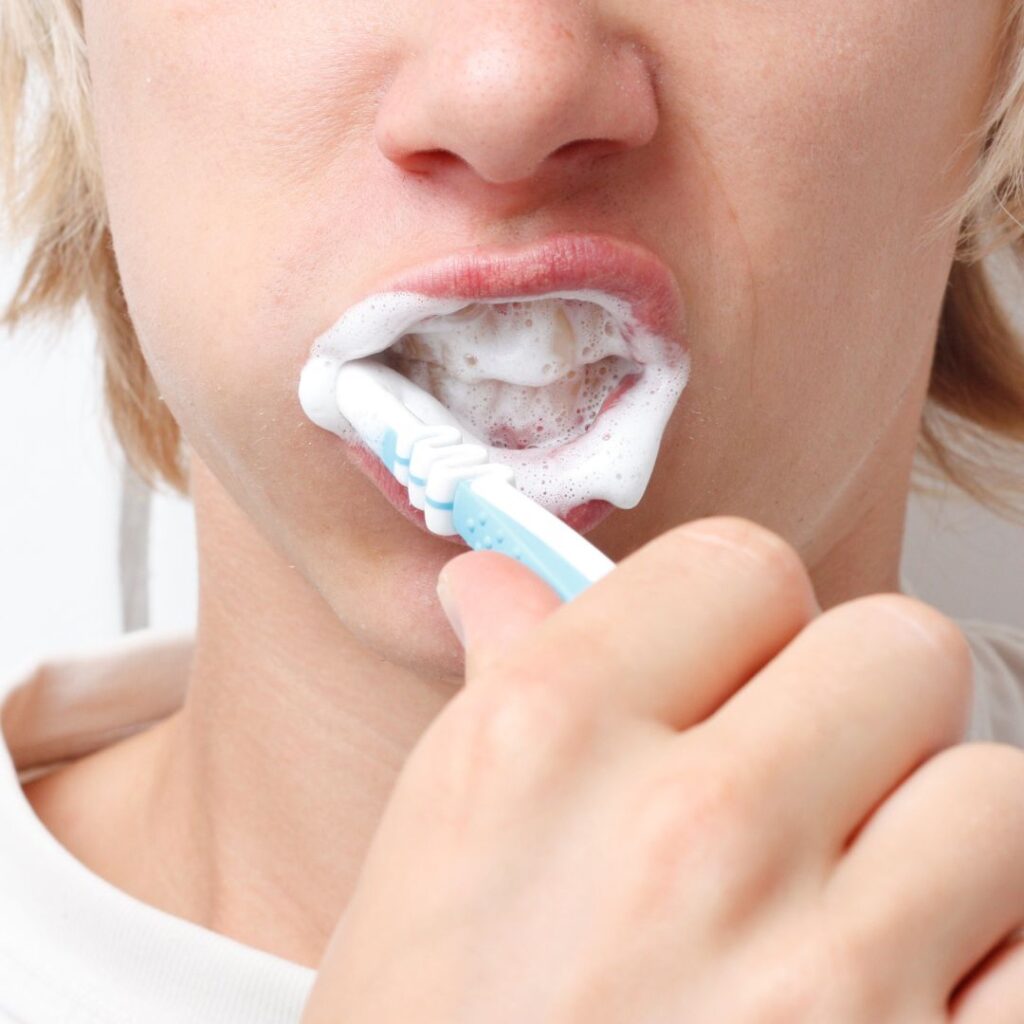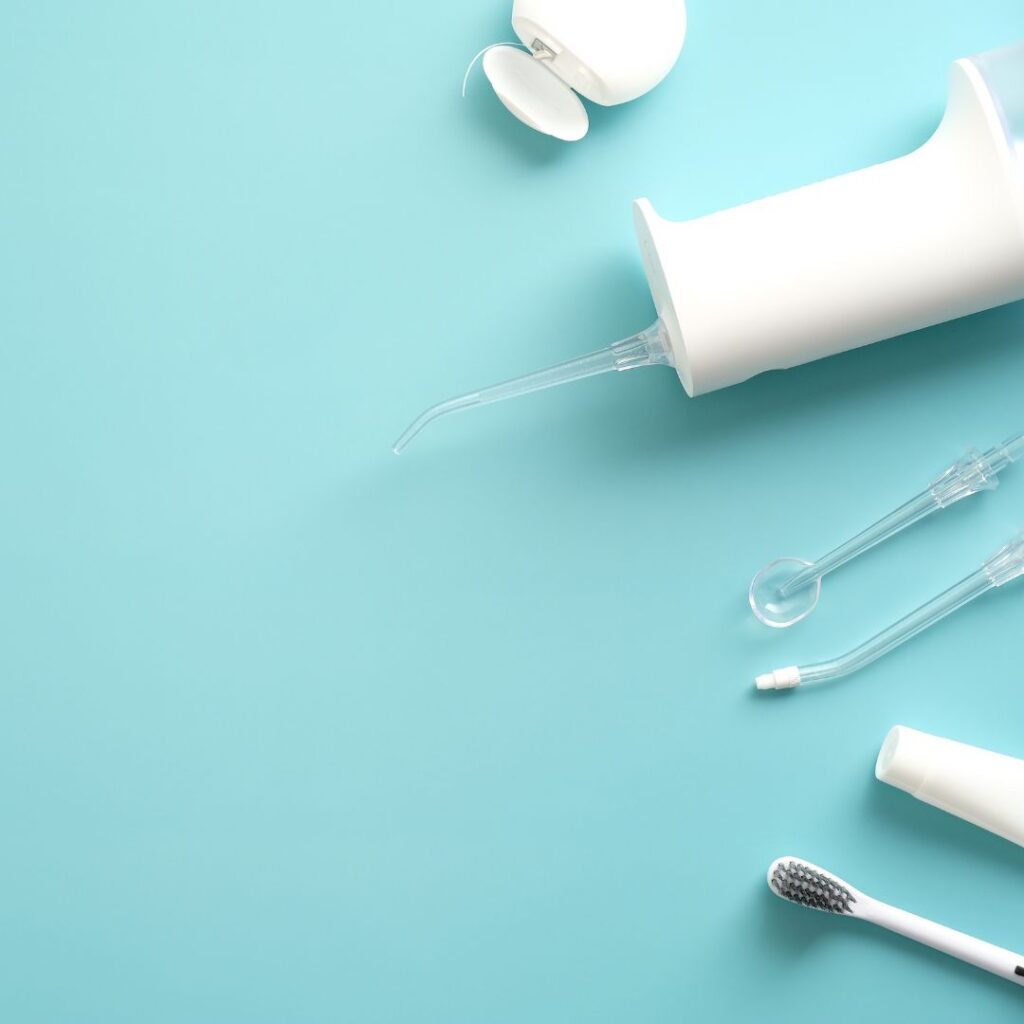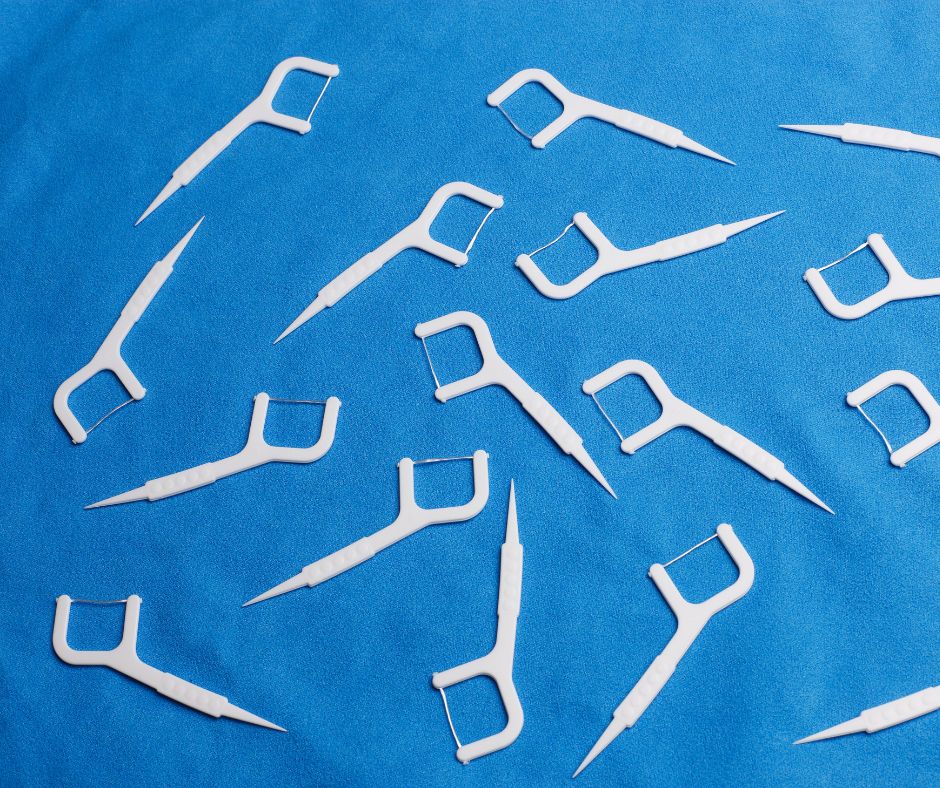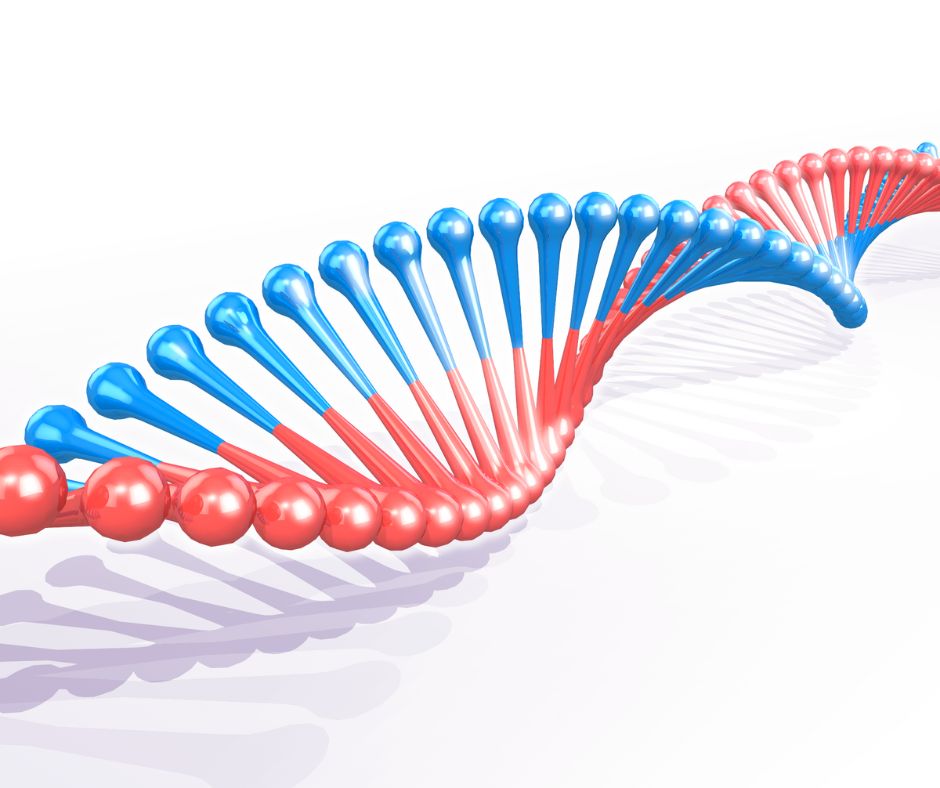Breastfeeding is one of the first (and most personal) decisions a mother makes for her baby. It can help your baby’s body fight infections and reduce health risks like asthma, ear infections, SIDS and obesity in children. Nursing moms may lower their chances of developing breast and ovarian cancer. But […]
Read More
A regular dental checkup is important year-round, but a back-to-school checkup is key in fighting the most common chronic disease found in school-age children: cavities. In fact, dental disease causes children to miss more than 51 million school hours each year. Even though going back to school looks a little […]
Read More
Acute pain is pain that is provoked by disease or injury, and is associated with musculoskeletal spasm and nervous system activation. While acute pain often resolves, pain that lasts longer than 3 months is considered to be chronic. Acute orofacial pain can result from pathological conditions, underlying disease processes, and/or […]
Read More
We all have that friend who takes meticulous care of their teeth, consistently flossing and brushing after every snack and meal. But as it turns out, over-brushing your teeth isn’t good for your dental health. Brushing your teeth too much can wear down your enamel and cause receding gums, Tasios […]
Read More
Playing sports is a great way for your kids to get exercise and socialize with their peers. As much fun as a new sport may be for your little one, young athletes are at a higher risk for sports-related injuries. With fall sports in full swing, protecting your child’s teeth […]
Read More
Water flossing is a way to clean between and around your teeth. A water flosser is a handheld device that sprays streams of water in steady pulses. The water, like traditional floss, removes food from between teeth. Water flossers that have earned the ADA Seal of Acceptance have been tested […]
Read More
Dry mouth—also called xerostomia—results from an inadequate flow of saliva. It is not a disease, but a symptom of a medical disorder or a side effect of certain medications, such as antihistamines, decongestants, pain killers, diuretics and many others. Saliva is the mouth’s primary defense against tooth decay and maintains […]
Read More
Flossing your teeth is one thing you can do to protect your oral health It’s one of those tasks people are supposed to do but often don’t. But why is it important? Flossing removes food particles and plaque from between the teeth and below the gum line where a toothbrush […]
Read More
Mouthrinse may be a helpful addition to the daily oral hygiene routine for some people. Like interdental cleaners, mouthrinse offers the benefit of reaching areas not easily accessed by a toothbrush. The question of whether to rinse before or after brushing may depend on personal preference; however, to maximize benefit […]
Read More
Many common diseases are not inherited as a single genetics defect but instead result from gene-environment interactions. No gene to date has been identified that has as large an impact on periodontal disease as do environmental influences, such as smoking or diabetes. Genetic Control of Periodontal Disease Periodontal disease, like […]
Read More


